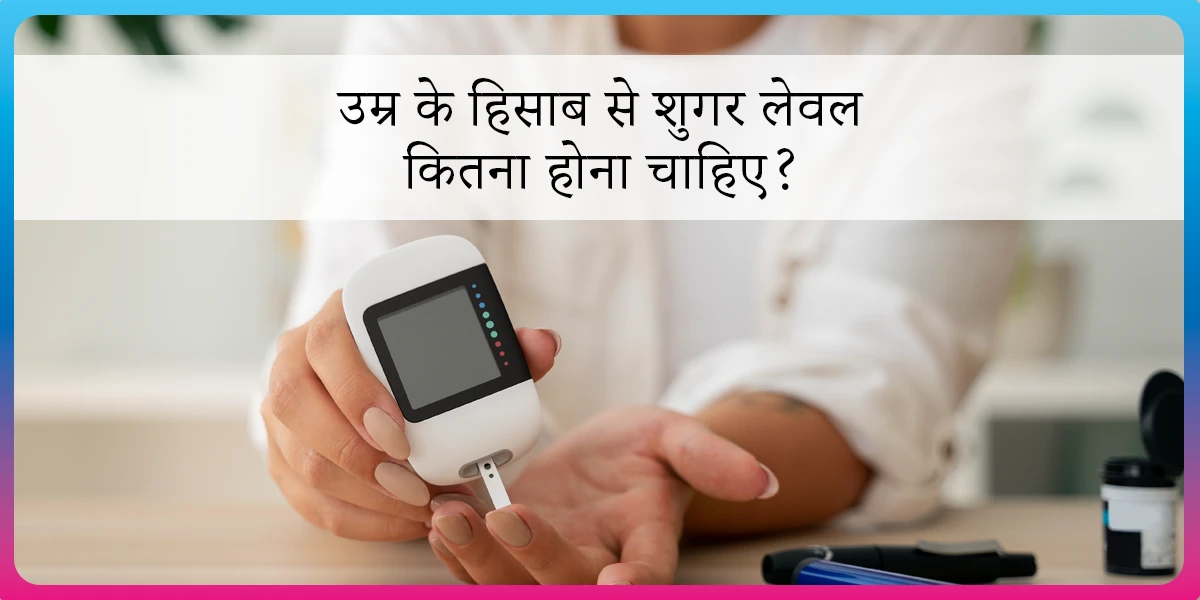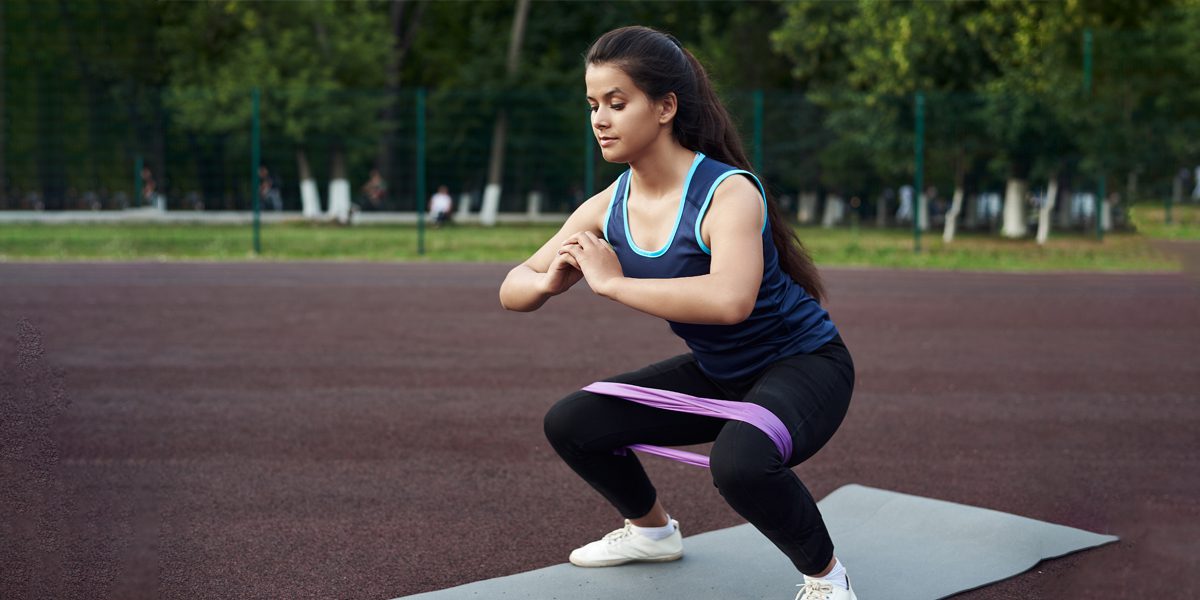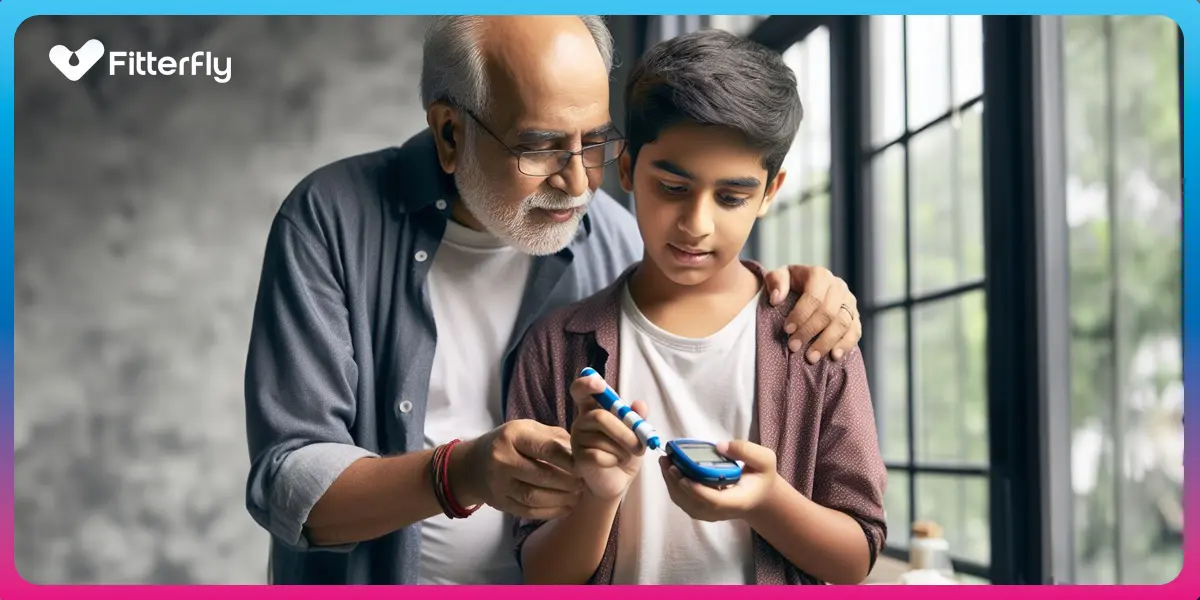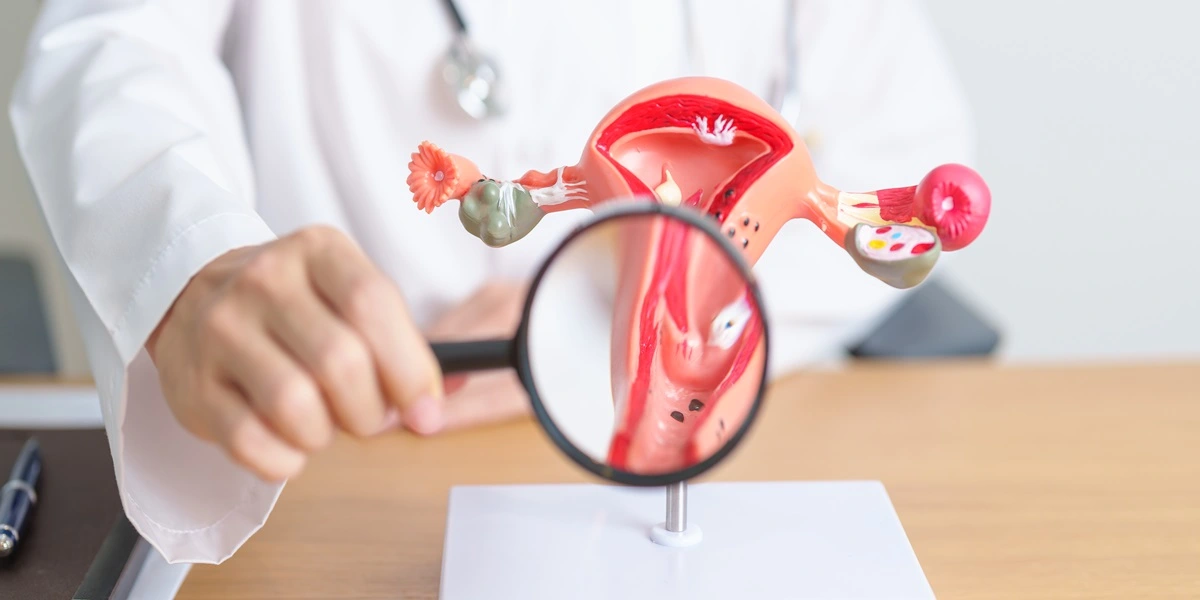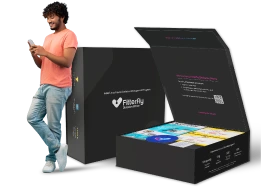Is Chikoo Good For Diabetes?
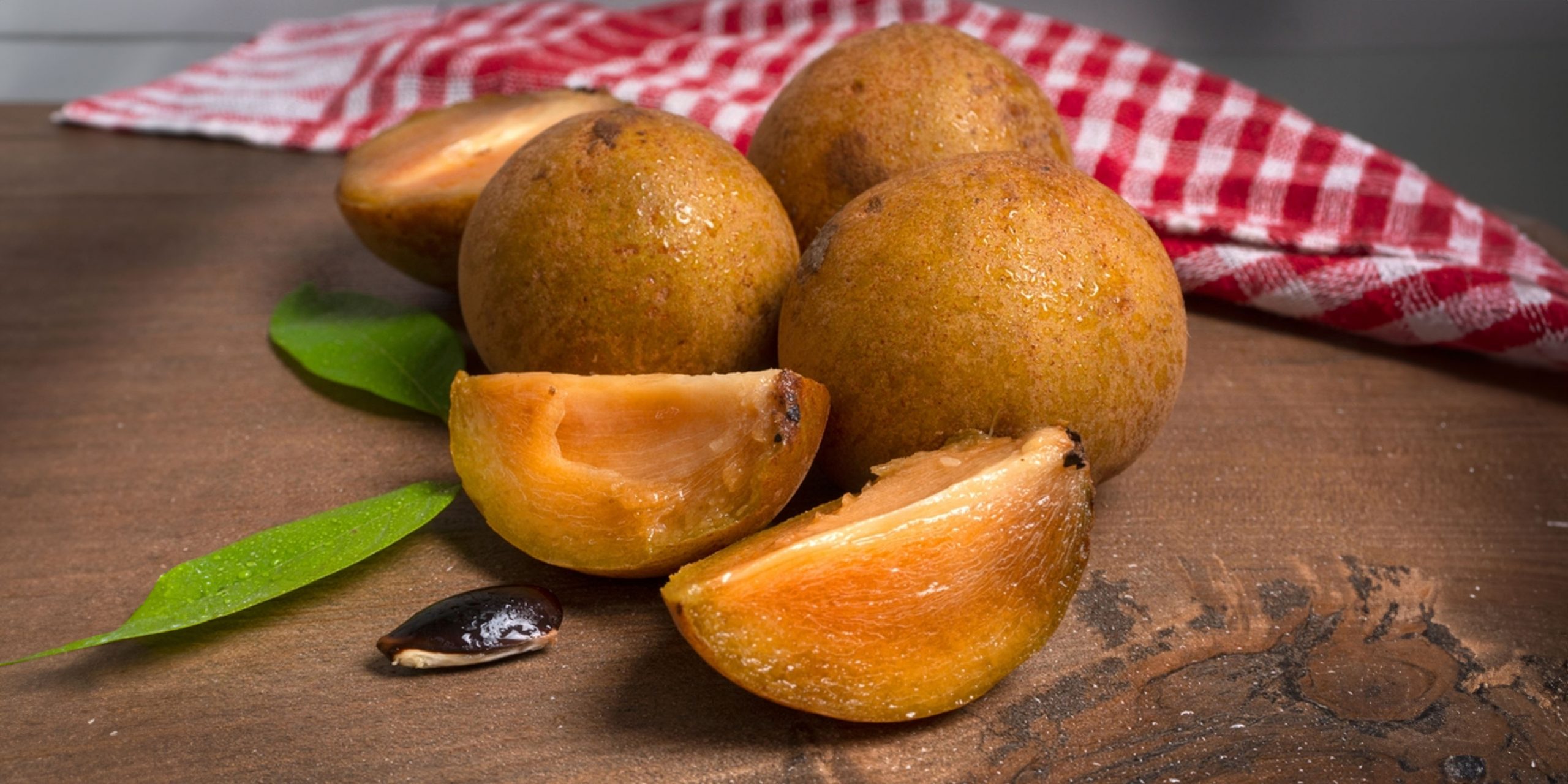
Introduction
When it comes to managing diabetes, adopting a balanced and nutritious diet plays a crucial role. While fruits can be incorporated into a diabetes-friendly meal plan, at the same time, it’s essential to be cautious about which one we choose.
In this article, we will find out, “Is chikoo good for diabetes?”
Chikoo, also known as “Sapota,” is a delightful tropical fruit widely cultivated in India.
The Glycemic Impact (impact of food on blood sugar)
Foods with a high Glycemic Index (GI) value are rapidly digested and cause a rapid spike in blood sugar.
Unfortunately, Chikoo falls into the category of fruits with a moderate GI of 57. This means that consuming Chikoo may cause an increase in blood sugar levels.
So, if you are wondering for the question in your mind, “Is Chikoo good for diabetes?” the answer is choose it based on your blood sugar control.
Carbohydrate Content
Carbohydrates are an essential macronutrient that significantly affects blood sugar levels. While Chikoo does provide certain nutrients, it is relatively high in carbohydrates.
So, for people with diabetes, managing carbohydrate intake is crucial in maintaining stable blood sugar levels. Consuming foods high in carbohydrates, like Chikoo, can lead to spikes in blood glucose, making it challenging to regulate diabetes effectively.
Fiber Content
Dietary fiber is known for its positive impact on blood sugar control and overall health. It aids in slowing down the digestion and absorption of carbohydrates, preventing sudden blood sugar spikes. Chikoo contains relatively low amounts of fiber making it not so desirable for people with diabetes.
To know your chances of Diabetes reversal, take the Diabetes Reversal TestDiabetes Reversal
Calculator
Moderation and Alternative Choices
While Chikoo may not be the best fruit option for those with diabetes, moderation is the key. Enjoying Chikoo occasionally and in small portions may be acceptable, especially when combined with a balanced meal, adequate physical activity, and if your blood sugar is controlled.
Understanding the Nutritional Profile
Let’s take a closer look at Sapota nutrients:
| Nutrients | Quantity (in 100 grams) |
| Carbohydrates | 13.9 g |
| Dietary fiber | 9.60 g |
| Protein | 0.92 g |
| Total free sugars | 12.30 g |
| Calcium | 17.87 mg |
| Iron | 0.49 mg |
| Vitamin C | 20.96 mg |
| Potassium | 280 mg |
| Iron | 0.78 mg |
This small, brown fruit is also packed with energy, containing approximately 64 kcal in 100 grams.
Here are a few tips to keep in mind
1) Portion Control
While Sapota may be tempting, remember that it still contains natural sugars. Be mindful of portion sizes to avoid excessive sugar intake.
Enjoying a small serving as part of a balanced meal can be a reasonable approach.
2) Meal Planning
Integrating Sapota into a well-rounded meal plan is crucial. Combining it with other diabetes-friendly foods can create a good balanced diet. This can help slow down the absorption of sugars from the Chikoo and promote better blood sugar control.
For example, have a handful of nuts or a serving of yogurt (dahi) alongside your fruit.
3) Individual Variations
It’s important to note that everyone’s response to different foods can vary. While Chikoo may not be suitable for some people with diabetes, others may find that they can include it in their diet in moderation without significant blood sugar fluctuations. Monitoring your blood sugar levels after consuming specific foods can help you to determine how they affect you personally.
Reduced HbA1c by HALF in 6 months


6.6%
Happy members
EMI
Guarantee
4.8/5
Diabetes Prime Program
4) Consulting with Professionals
As with any dietary decisions related to diabetes management, seeking guidance from healthcare professionals is vital.
They can help you navigate portion sizes, meal planning, and the incorporation of Sapota into your overall diet.
FitterTake
When it comes to managing diabetes, making informed choices about the foods we consume is crucial. Chikoo is moderate glycemic index, carbohydrate, and sugar content make it less favourable for people with diabetes. Opting for fruits with a lower glycemic impact and higher fiber content can be a wiser choice for better blood sugar control. Remember, moderation is the key, and it’s always advised to consult a healthcare professional or a dietitian to tailor your diet according to your needs.
If you need expert guidance on managing your blood sugar levels, sign up for Fitterfly’s Diabetes Care Program here! Our diabetes management program has been curated by expert diabetologists, nutritionists, and fitness and success coaches who get to the root cause of your diabetes and offer an effective and comprehensive treatment plan.
Wish to know more? Speak to us today!
This blog provides general information for educational and informational purposes only and shouldn't be seen as professional advice.










